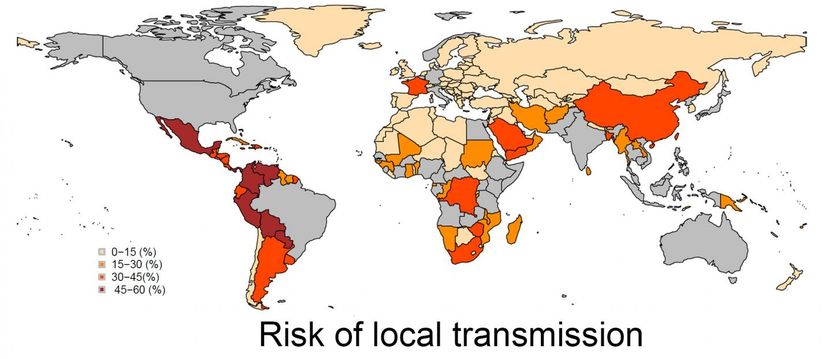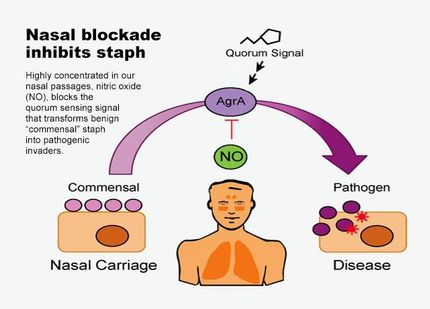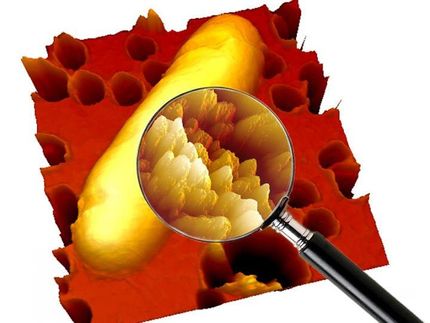Bugs without borders
Researchers track the emergence and global spread of healthcare associated Clostridium difficile
Researchers show that the global epidemic of Clostridium difficile 027/NAP1/BI in the early to mid-2000s was caused by the spread of two different but highly related strains of the bacterium rather than one as was previously thought. The spread and persistence of both epidemics were driven by the acquisition of resistance to a frontline antibiotic.
Unlike many other healthcare-associated bacteria, C. difficile produces highly resistant and infectious spores. These spores can promote the transmission of C. difficile and potentially facilitates its spread over greater geographical distances, even across continents.
This study highlights the ease and rapidity with which the hospital bacterium, C. difficile, can spread throughout the world, emphasising the interconnectedness of the global healthcare system.
The team used the genetic history to map both epidemic strains of C. difficile using a global collection of samples from hospital patients between 1985 and 2010. They demonstrated that the two C. difficile strains acquired resistance to this antibiotic, fluoroquinolone, separately, a key genetic change that may have instigated the epidemics in the early 2000s.
"Up until the early 2000s, fluoroquinolone was an effective treatment for C. difficile infection," says Professor Brendan Wren, author from the London School of Hygiene and Tropical Medicine. "We've seen that since these strains acquired resistance to this frontline antibiotic, not only is it now virtually useless against this organism, but resistance seems to have been a major factor in the continued evolution and persistence of these strains in hospitals and clinical settings."
The team found the first outbreak strain of C. difficile, FQR1 originated in the USA and spread across the country. They also saw sporadic cases of this strain of C. difficile in Switzerland and South Korea. They found that the second strain of C. difficile, FQR2, originated in Canada and spread rapidly over a much wider area, spreading throughout North America, Australia and Europe.
The team showed that the spread of C. difficile into the UK was frequently caused by long-range geographical transmission event and then spread extensively within the UK. They confirmed separate transmission events to Exeter, Ayrshire and Birmingham from North America and a transmission event from continental Europe to Maidstone. These events triggered large-scale C. difficile outbreaks in many hospitals across the UK in the mid-2000s.
"We have exposed the ease and rapidity with which these fluoroquinolone-resistant C. difficile strains have transmitted across the world," says Dr Trevor Lawley, lead author from the Wellcome Trust Sanger Institute. "Our research highlights how the global healthcare system is interconnected and how we all need to work together when an outbreak such as this occurs.
"Our study heralds a new era of forensic microbiology for the transmission tracking of this major global pathogen and will now help us understand at the genetic level how and why this pathogen has become so aggressive and transmissible worldwide. This research will act as a database for clinical researchers to track the genomic changes in C. difficile outbreaks."
Original publication
Other news from the department science

Get the life science industry in your inbox
By submitting this form you agree that LUMITOS AG will send you the newsletter(s) selected above by email. Your data will not be passed on to third parties. Your data will be stored and processed in accordance with our data protection regulations. LUMITOS may contact you by email for the purpose of advertising or market and opinion surveys. You can revoke your consent at any time without giving reasons to LUMITOS AG, Ernst-Augustin-Str. 2, 12489 Berlin, Germany or by e-mail at revoke@lumitos.com with effect for the future. In addition, each email contains a link to unsubscribe from the corresponding newsletter.
Most read news
More news from our other portals
Last viewed contents
Vitelline_duct
Cooperation between BioVisioN and Roche Diagnostics - Roche Diagnostics is validating new marker candidates for diagnosis of Alzheimer Disease
Synesthesia
Keith_Meldrum
Alpha_motor_neuron




















































